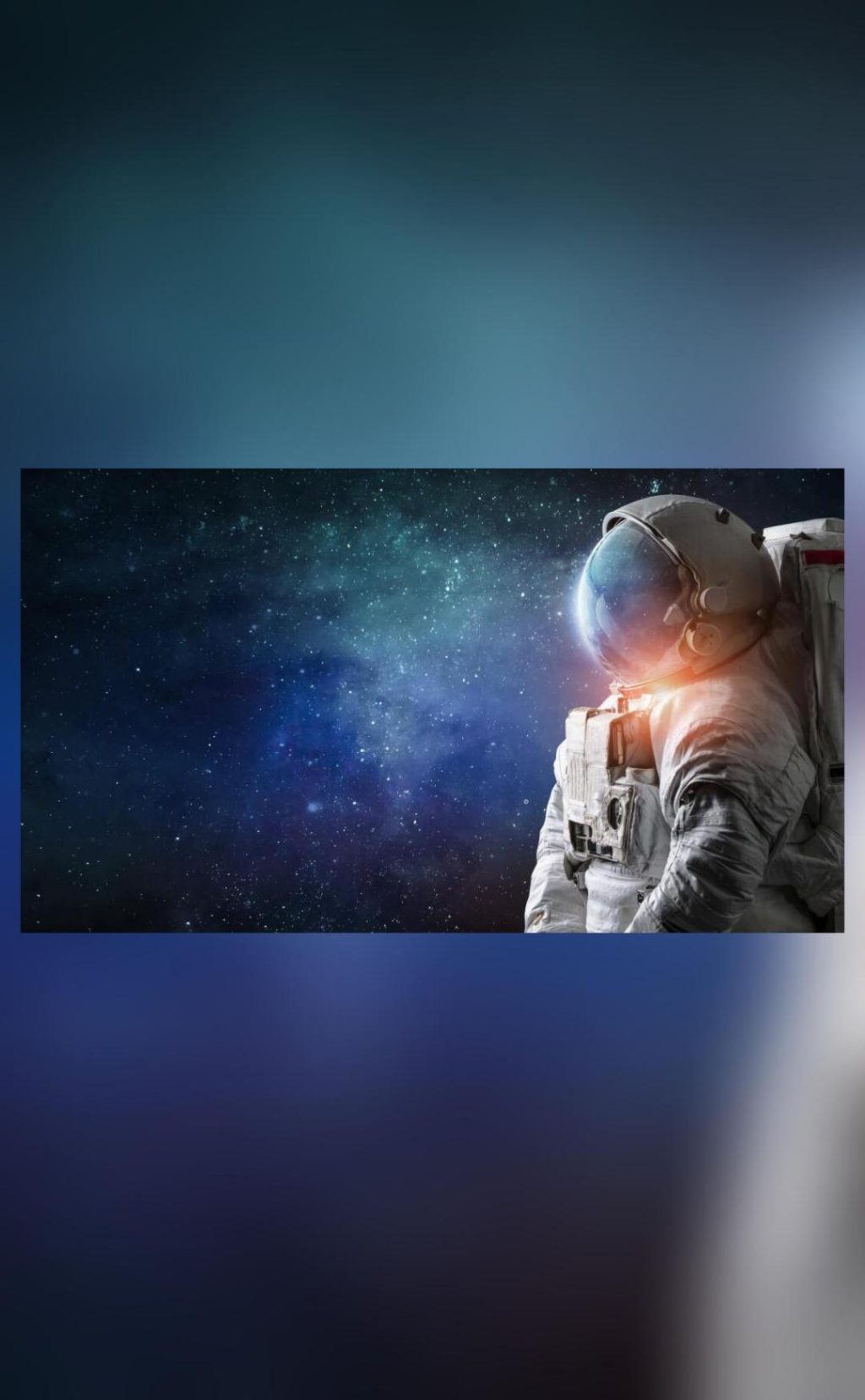
Google & NASA Create AI Medical Assistant for Mars Missions
As the space industry continues to push the boundaries of human exploration, the importance of maintaining the health and well-being of astronauts cannot be overstated. With the aim of keeping astronauts healthy during long-duration space missions, NASA and Google have collaborated to develop an AI-powered medical assistant. Dubbed the “Crew Medical Officer Digital Assistant (CMO-DA)”, this innovative system is designed to support medical decision-making and provide essential care during space missions, including those to Mars and beyond.
The CMO-DA is a multimodal AI system that processes speech, text, and images to provide accurate diagnostic insights. Running on Google Cloud’s Vertex AI platform, this cutting-edge technology has shown remarkable diagnostic accuracy rates of 88% for ankle injuries and 80% for ear pain. This development marks a significant milestone in the application of AI for medical care in space, paving the way for more efficient and effective healthcare in space exploration.
The Importance of Medical Care in Space Exploration
As NASA and other space agencies venture further into space, the need for reliable medical care becomes increasingly crucial. Long-duration space missions, such as those to Mars, pose unique challenges for the health and well-being of astronauts. Prolonged exposure to microgravity, isolation, and confinement can take a toll on the human body, leading to a range of health issues. In these remote and isolated environments, medical professionals must be able to diagnose and treat conditions quickly and accurately to prevent serious complications.
The CMO-DA addresses this critical need by providing a digital medical assistant that can support medical decision-making and streamline healthcare processes. By leveraging AI technology, the system can analyze vast amounts of medical data, identify patterns, and provide insights that might be missed by human medical professionals. This AI-driven approach enables the CMO-DA to accurately diagnose conditions, recommend treatments, and even alert medical professionals to potential health issues before they become severe.
How the CMO-DA Works
The CMO-DA is designed to be a seamless and intuitive system that integrates with existing medical equipment and devices. The system consists of three primary components:
- Multimodal Input: The CMO-DA accepts input from various sources, including speech, text, and images. This enables astronauts to communicate with the system in a way that is most comfortable and convenient for them.
- AI Engine: The AI engine processes the input data and uses machine learning algorithms to analyze medical information, diagnose conditions, and recommend treatments.
- Output and Visualization: The CMO-DA provides output and visualizations that are easy to understand and interpret, including diagnoses, treatment plans, and relevant medical information.
Testing and Validation
The CMO-DA was tested and validated through a series of simulations and experiments with NASA’s Occupational Health and Medical Operations teams. The system was evaluated on its ability to accurately diagnose a range of medical conditions, including ankle injuries and ear pain. The results were impressive, with the CMO-DA achieving diagnostic accuracy rates of 88% for ankle injuries and 80% for ear pain.
These results demonstrate the potential of the CMO-DA to provide high-quality medical care in space, even in remote and isolated environments. By leveraging AI technology, the system can augment the capabilities of medical professionals, enabling them to make informed decisions and provide effective care to astronauts.
Future Developments and Applications
The CMO-DA is just the beginning of Google and NASA’s collaboration on AI-powered medical care in space. The system’s technology has far-reaching applications that could benefit not only space missions but also healthcare on Earth. Future developments could include:
- Integration with wearable devices and sensors to monitor astronaut health in real-time
- Expansion to support mental health and wellness monitoring
- Development of AI-powered medical assistants for other space agencies and organizations
- Application of the CMO-DA’s technology in hospitals and healthcare facilities on Earth
Conclusion
The CMO-DA marks a significant milestone in the application of AI for medical care in space. This innovative system has the potential to revolutionize healthcare in space exploration, enabling medical professionals to provide high-quality care to astronauts even in remote and isolated environments. As NASA and Google continue to collaborate on this technology, we can expect to see even more exciting developments and applications in the future.






